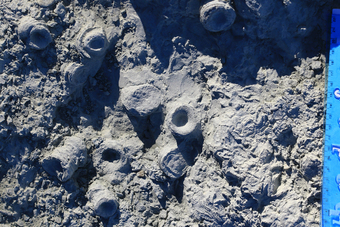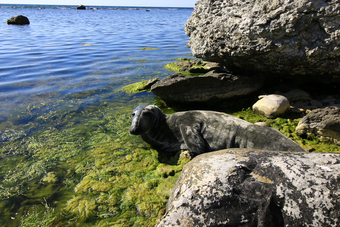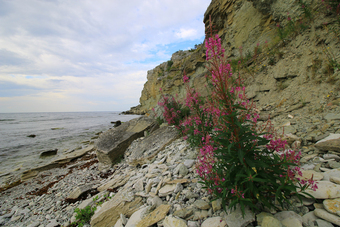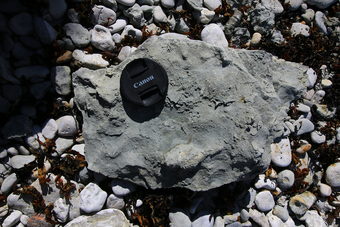Publications:
Zapalski and Berkowski 2019
The Silurian Period witnessed one of the most profound intervals of reef development in the history of the Earth, formed in large part by tabulate and rugose corals and stromatoporoid assemblages. One of the best-known examples of Silurian reefs (bioherms) is those exposed on the Baltic island of Gotland (Sweden). The stratigraphic sequence below these bioherms is represented by the Visby Beds (Lower Wenlock, ca. 430 Ma) that record in their lower sections (Lower Visby Beds) environments near the lower limit of the euphotic zone. Here, we describe platy tabulate coral assemblages from the uppermost Lower Visby Beds that represent a mesophotic coral ecosystem (MCE) potentially spread over 40 km. This MCE is dominated by platy tabulate corals, with accessory branching tabulates and solitary and phaceloid rugose corals. Algae are absent, likely as a result of taphonomic bias. It is possible that other MCEs of similar age are recorded on other Silurian tropical shelves: Anticosti Island (Laurentia, present Arctic Canada) and Hiiumaa (Baltica, present Estonia), in particular, may possess candidate early Silurian MCE assemblages. At a minimum, however, tabulate corals acquired photosymbionts during the early Silurian (Wenlock), which resulted in the development of both MCEs and shallow-water reef systems and contributed to the great expansion of the mid-Palaeozoic reef complexes.
Mesophotic “mentions”
39 x (total of 4069 words)
Classification
* Presents original data
* Focused on 'mesophotic' depth range
Fields
Paleoecology
Focusgroups
Scleractinia (Hard Corals)
Locations
Sweden
Platforms
Land-based







